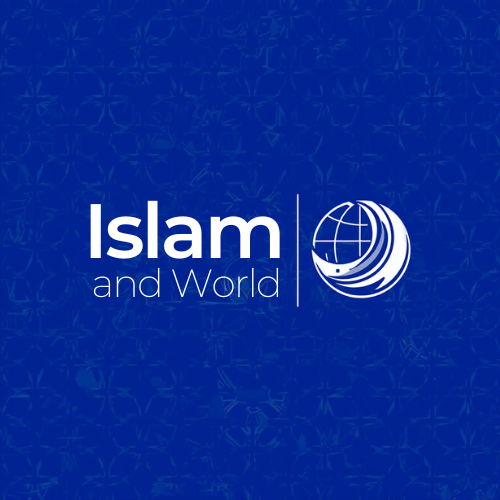The Islamic Golden Age, spanning from the 8th to the 14th century, marks a period of remarkable intellectual and cultural achievements in the Muslim world. This era, centered primarily in the Abbasid Caliphate with its capital in Baghdad, was characterized by a surge in scientific, philosophical, medical, and artistic advancements that profoundly influenced the world. Let’s explore the key aspects that defined this golden age.
The Birth of the Islamic Golden Age
The Islamic Golden Age began in the mid-8th century during the reign of the Abbasid Caliphate. Caliph Harun al-Rashid and his successors were instrumental in fostering an environment conducive to learning and innovation. The establishment of the House of Wisdom (Bayt al-Hikma) in Baghdad became a cornerstone of this era, serving as a major intellectual hub where scholars from various cultures and religions worked together to translate and preserve the knowledge of ancient civilizations.
Contributions to Science and Mathematics
Islamic scholars made groundbreaking contributions to various fields of science and mathematics:
- Astronomy: Muslim astronomers, like Al-Battani and Al-Sufi, improved the precision of astronomical measurements and developed sophisticated instruments such as the astrolabe.
- Mathematics: The introduction of the concept of zero and the decimal system from Indian mathematics was a pivotal moment. Mathematicians like Al-Khwarizmi, the father of algebra, and Omar Khayyam, known for his work on solving cubic equations, revolutionized mathematical thought.
- Medicine: Physicians such as Al-Razi (Rhazes) and Ibn Sina (Avicenna) made significant advancements in medical science. Avicenna’s “The Canon of Medicine” was a standard medical text in both the Islamic world and Europe for centuries.
Philosophical and Theological Innovations
The Islamic Golden Age was also a period of profound philosophical inquiry. Philosophers like Al-Farabi, Al-Ghazali, and Ibn Rushd (Averroes) engaged deeply with Greek philosophy, particularly the works of Aristotle and Plato, and integrated these ideas with Islamic theology. Their works laid the groundwork for the European Renaissance by preserving and expanding upon ancient philosophical traditions.
Literary and Artistic Flourishing
Literature and the arts experienced a renaissance during this period. The Arabic language became a powerful medium for poetic and literary expression. The “One Thousand and One Nights,” a collection of Middle Eastern folk tales, exemplifies the rich narrative tradition of this era. In visual arts, Islamic architecture, calligraphy, and geometric patterns reflected a unique blend of aesthetic beauty and spiritual symbolism, as seen in structures like the Alhambra in Spain and the Great Mosque of Samarra in Iraq.
The Legacy of the Islamic Golden Age
The impact of the Islamic Golden Age extended far beyond its temporal and geographical boundaries. The knowledge preserved and enhanced by Muslim scholars eventually reached Europe, catalyzing the Renaissance and significantly shaping modern science, philosophy, and culture. The translations of classical texts, combined with original contributions in various fields, created a lasting legacy of intellectual enrichment.
Conclusion
The Islamic Golden Age stands as a testament to the extraordinary potential of cultural and intellectual exchange. It reminds us of the importance of fostering an environment where knowledge and creativity can thrive, transcending cultural and religious boundaries. Today, as we look back at this luminous period in history, we are reminded of the shared heritage of humanity and the timeless value of learning and innovation.
This era, with its profound advancements and rich cultural tapestry, remains a beacon of inspiration, urging us to continue exploring, understanding, and building upon the knowledge of our predecessors.

